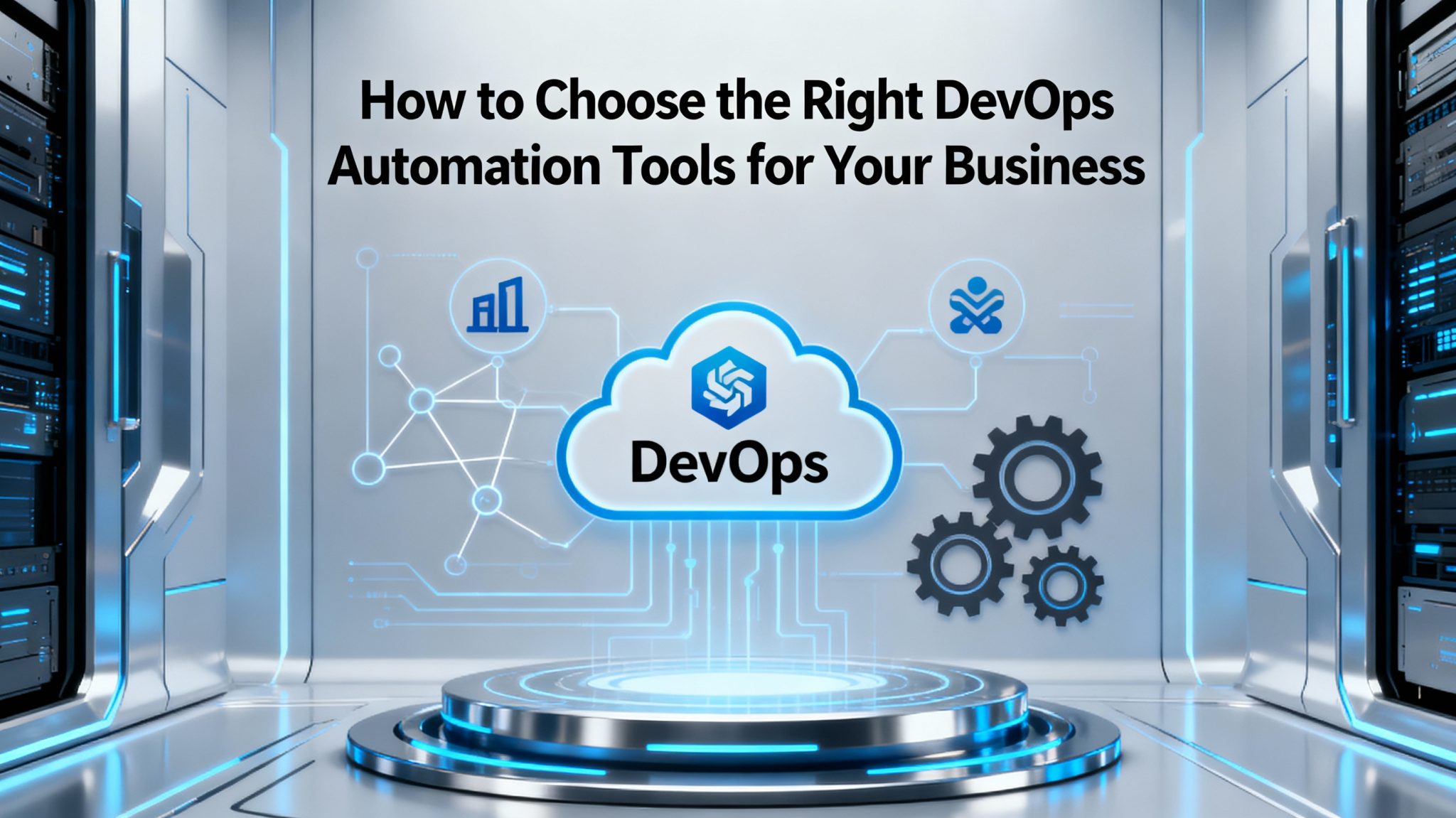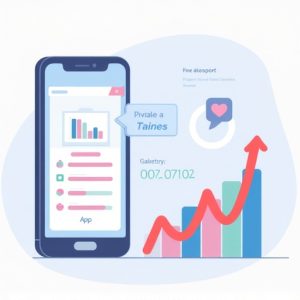Introduction
In today’s hyper-connected digital economy, Application Programming Interfaces (APIs) have become the cornerstone of seamless communication between applications, services, and platforms. APIs enable businesses to unlock innovation, streamline operations, and create new revenue streams by facilitating efficient data exchange and integration. With industries rapidly adopting cloud services, AI, IoT, and blockchain technologies, the demand for robust APIs is growing explosively.
For businesses aiming to thrive in the evolving digital landscape, understanding the future of connectivity powered by APIs is crucial. This blog explores the transformative role of APIs, the trends driving their growth, key benefits, and practical use cases shaping industries worldwide. It also provides insights for CTOs, developers, and business leaders to leverage APIs effectively for competitive advantage.
What Are APIs and Why Do They Matter?
APIs are sets of rules and protocols that allow different software applications to communicate with each other. They act as intermediaries enabling services, platforms, or devices to request and exchange data securely and efficiently.
Key Functions of APIs:
-
Enable Integration: Connect diverse systems and technologies across the cloud, on-premises, and edge environments.
-
Enhance Modularity: Allow developers to reuse components and build scalable applications faster.
-
Drive Automation: Facilitate workflow automation by linking disparate services seamlessly.
-
Allow Innovation: Power new digital experiences like AI-driven personalization, real-time analytics, and IoT device communication.
APIs empower businesses to deliver services faster while ensuring agility and reliability in complex environments (TechOTD AI services).
The Explosive Growth of APIs: Market Trends and Drivers
The API economy is surging with no signs of slowing down. According to industry reports, the global API management market is projected to reach $6 billion by 2027, driven by digital transformation initiatives across sectors.
Key Drivers Fueling API Growth:
-
Cloud Adoption and Microservices: Cloud-native applications rely heavily on APIs to enable microservices architectures that support scalability and resilience (TechOTD cloud solutions).
-
AI and Big Data: Increasing AI and analytics use require APIs to access machine learning models, datasets, and real-time processing (LLMs in finance).
-
IoT Proliferation: APIs facilitate secure data exchange between billions of connected IoT devices and backend systems (TechOTD industries).
-
Blockchain Integration: Blockchain networks expose APIs enabling interoperability and automation with existing IT architectures (Blockchain in Dubai).
-
Mobile and Web Apps Demand: APIs support diverse platforms and devices, fueling demand for seamless third-party integrations (Mobile apps services).
Emerging API Trends
-
API-First Development: Prioritizing APIs in product development for extensibility and faster iterations (React Native vs Swift).
-
GraphQL Adoption: Allowing flexible and efficient queries over traditional REST APIs.
-
API Security Enhancements: Zero trust, OAuth, API gateways, and rate limiting to secure the growing API attack surface.
-
Event-Driven APIs: Supporting real-time data streaming for responsive user experiences.
Benefits of APIs for Modern Businesses
APIs reshape how businesses build and deliver value in many ways:
-
Accelerate Innovation: By reusing existing APIs, companies can rapidly develop new features and integrations.
-
Improve Customer Experiences: Facilitate personalized, omnichannel experiences in retail, finance, healthcare, and more (Seamless customer journeys with AI).
-
Operational Efficiency: APIs automate workflows, reduce manual interventions, and improve data accuracy.
-
Expand Market Reach: APIs enable ecosystem partnerships and third-party developers to extend product offerings globally.
-
Enhance Agility and Scalability: Cloud APIs and microservices accelerate scaling without sacrificing stability.
Real-World Use Cases of API Connectivity
1. Finance and Banking
Banks use APIs for secure transactions, open banking, KYC verification, and integrating AI-driven credit risk models (Predictive analytics in finance).
2. Retail and E-commerce
APIs connect payment gateways, inventory systems, CRMs, and marketing platforms to create frictionless shopping experiences.
3. Healthcare
Interoperable healthcare systems share patient data securely via APIs improving diagnostics, remote monitoring, and personalized treatment plans (Healthcare app development).
4. Telecommunications
Telecom providers leverage APIs for network management, customer billing, and IoT device connectivity (Big Data in Telecom).
5. Education Technology
APIs power digital learning platforms by integrating content, workflows, and analytics to enhance remote and hybrid education systems (Technology impact on education).
Challenges and Best Practices in API Management
While APIs unlock substantial benefits, businesses must navigate challenges thoughtfully:
-
Security Risks: APIs create new exposure points. Secure design, authentication, and monitoring are crucial.
-
Complexity Management: Handling API versioning, documentation, and governance requires robust tools and processes (How We Work).
-
Performance Optimization: Ensuring reliability and low latency is critical for distributed APIs.
-
Scalability and support for rapid growth.
-
Developer Experience: Comprehensive documentation and sandbox environments accelerate adoption.
Best practices include using API gateways, implementing rate limiting, and adopting continuous integration/continuous deployment (CI/CD) pipelines for updates.
The Future of APIs: What to Expect
APIs will continue to evolve as foundational components of digital transformation:
-
AI-Powered APIs: Intelligent APIs capable of adaptive learning and recommendations.
-
Decentralized APIs: Leveraging blockchain for secure, trustless API interactions.
-
API Marketplaces: Platforms offering discoverable, monetizable APIs supporting developer ecosystems.
-
Enhanced API Automation: Automated testing, deployment, and security assessments.
-
Cross-Platform Interoperability: APIs supporting multi-cloud and edge computing environments.
Conclusion
APIs are central to the future of digital connectivity, fueling innovation and business growth in every sector. Organizations embracing API-first strategies enjoy enhanced agility, operational efficiency, and ecosystem opportunities. With the rapid adoption of cloud, AI, IoT, and blockchain, APIs have never been more critical in shaping seamless, personalized, and secure user experiences. As new trends emerge, mastering API management and security will be vital to stay competitive in the evolving digital ecosystem.
For businesses seeking expert guidance and cutting-edge AI and API integration solutions, TechOTD offers bespoke services to transform your technology roadmap seamlessly. Explore their offerings today: TechOTD AI services.
FAQ
1. What is an API and why is it important for businesses?
An API is a set of protocols enabling software applications to communicate, facilitating integration, automation, and innovation critical for modern businesses.
2. How do APIs impact customer experience?
APIs enable seamless data exchange across channels and platforms, supporting personalized, efficient, and consistent customer interactions.
3. What are the main security concerns with APIs?
APIs can expose vulnerabilities if improperly secured. Key concerns include authentication flaws, data leaks, and denial-of-service attacks.
4. How can a business get started with API-first development?
Start by identifying core services for API exposure, adopt an API management platform, and involve developers early in designing reusable API endpoints.
5. What role do APIs play in AI and blockchain integration?
APIs connect AI models and blockchain networks with enterprise systems, enabling data-driven intelligence and secure, automated workflows.
Key Points Summary Table
| Topic | Key Points |
|---|---|
| API Definition | Protocols enabling integration and communication across applications. |
| Growth Drivers | Cloud, AI, IoT, blockchain adoption, mobile demand. |
| Benefits | Innovation acceleration, operational efficiency, customer experience, market expansion. |
| Use Cases | Finance, retail, healthcare, telecom, education tech. |
| Challenges | Security, complexity, scalability, developer experience. |
| Future Trends | AI-powered APIs, decentralized APIs, API marketplaces, automation, cross-platform interoperability. |











